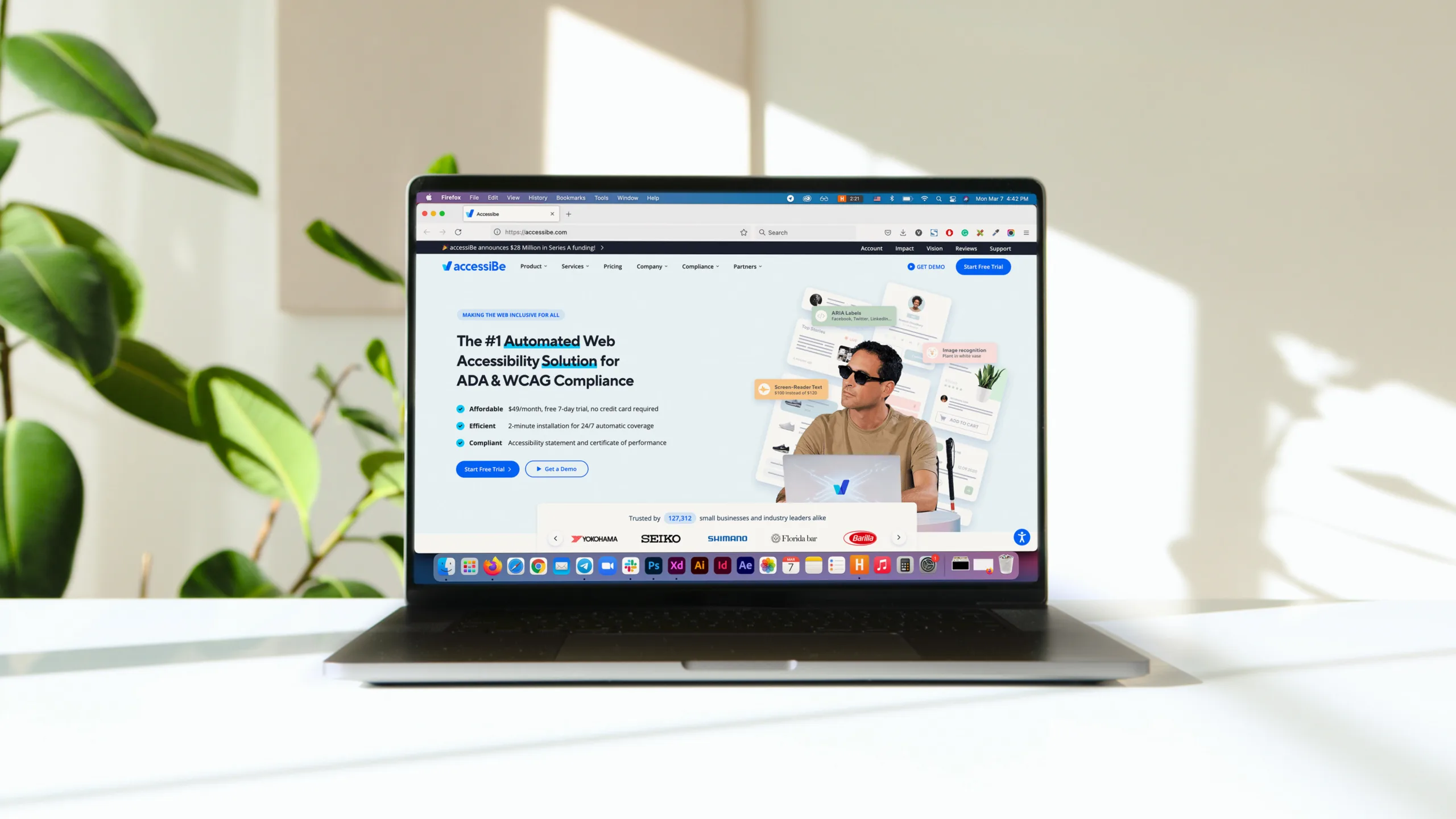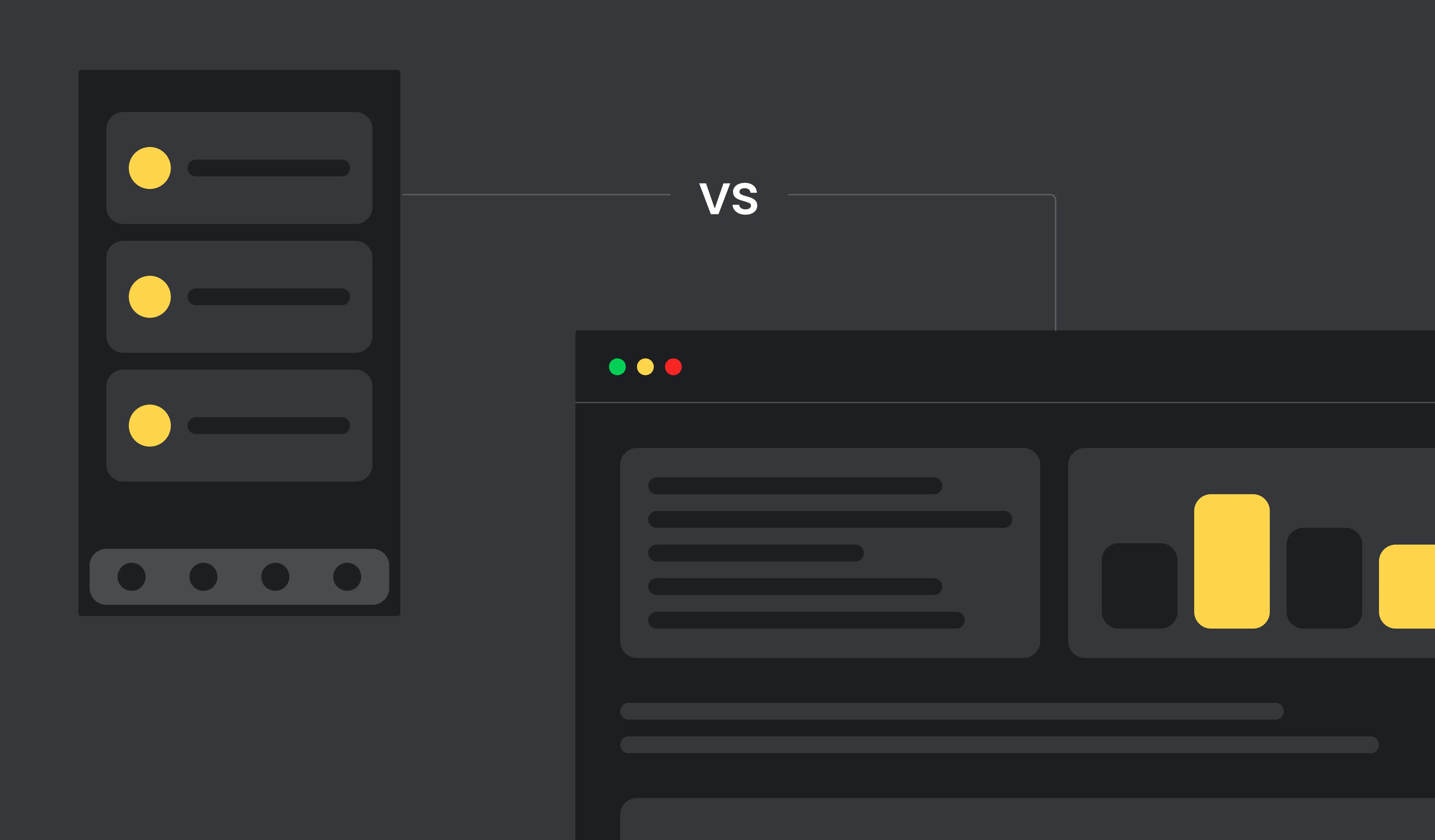According to the CDC, roughly 61 million or 1 in 4 adult Americans live with a disability. The disability can be in mobility, cognition, hearing, vision, or a combination of those and other conditions. Community response to the people suffering from disabilities has shifted from one of marginalization to one of universal inclusion.
In the corporate world, enterprise ESG (Environmental, Social, and Governance) performance is front and center on how companies are being perceived and valued. For an enterprise to be universally inclusive, its website must be accessible to all including people with disability challenges. The importance of on-line accessibility is magnified in situations where people are forced to stay at home for a prolonged period such as in a pandemic.
Accessibility is not merely a nice-to-have feature: it has been federally legislated. Corporate non-compliance with legislation may result in fines as well as brand reputational damages.
This post explains 2 pieces of federal legislation related to web accessibility, namely ADA Title III and Section 508. Then, we will present the recommendations by the World Wide Web Consortium (W3C) on how a website can be made compliant with the said legislation. The W3C's recommendations are captured in what is known as the Web Content Accessibility Guidelines (WCAG). Lastly, we will address how well Drupal, an enterprise web content management platform, supports the implementation of WCAG.
ADA Title III
ADA refers to the Americans with Disabilities Act of 1990 and its subsequent revisions. Title III is a section within ADA that specifically prohibits discrimination against people with disability challenges in any business place of public accommodation. 'Public accommodations' is a legal term that covers venues like movie theaters, restaurants, banks, bus stations, laundromats, and almost any public workplace.
Alert readers may immediately question what ADA, a piece of legislation governing the use of physical venues, has to do with websites. Although Title III does not explicitly define websites to be places of public accommodations, the Department of Justice, the agency responsible for ADA enforcement, has consistently interpreted the legislation in a way that includes websites as well as brick-and-mortar locations. To avoid Title-III-related lawsuits, websites must be designed with ADA compliance in mind.

Section 508
The Rehabilitation Act of 1973 was enacted to provide federal support programs for people with disability challenges, but not to require accessibility per se. Subsequently, the Act was amended to cover web accessibility. Section 508 of the Act specifically mandates that all technologies (including websites) used by federal agencies and their service providers must be accessible. Unlike ADA which applies to all organizations, this Act only applies to federal agencies and their service providers.

WCAG
How should you design your website to comply with ADA Title III and Section 508? By following the Web Content Accessibility Guidelines (WCAG).
WCAG is a series of web accessibility guidelines developed by the World Wide Web Consortium (W3C). WCAG 1.0 was first released in 1999, then succeeded by WCAG 2.0 in 2008 and WCAG 2.1 in 2018. The guidelines are actively being updated, with 2.2 currently in draft format.
In a nutshell, WCAG is categorized into general guidelines and testable success criteria. WCAG 2.0 consists of 12 guidelines and 61 success criteria. For example, the Text Alternatives guideline requires that text alternatives be provided for any non-text web content so that it can be changed into other forms people need. Associated with each guideline are testable success criteria. Live Captions is a success criterion for the Text Alternatives guideline, and it specifies that captions are to be provided for all live audio content.
Three levels of compliance are defined by WCAG (from lowest to highest): A, AA, and AAA. The Live Captions success criterion is of Level AA compliance level.
WCAG 2.0 Level AA is the current standard for evaluating a website's compliance with ADA Title III and Section 508. WCAG 2.1 builds on and is backward compatible with WCAG 2.0, i.e., if a website conforms to 2.1, by extension, it also conforms to 2.0.
To future-proof your website's accessibility requirement, serious consideration should be given to target WCAG 2.1 Level AA compliance in new designs.

Drupal Accessibility Support
Now that you know what is at stake and the yardstick for measuring your website's accessibility, we will turn our attention to how well website development software, specifically Drupal, supports the building of WCAG-compliant contents.
The first thing to realize is that, using current technology, building accessible websites is more of an art than a science. There is no 1-click button that will automatically make your web content WCAG-compliant. Nevertheless, you will save time and money by using a web development tool that brings your web content as close as possible to being standards-compliant before you finish it off with the necessary customization.
Drupal prides itself as being an inclusive community, and has built-in accessibility support since version 7 was released in 2011. An ongoing goal of Drupal is to ensure that all features of Drupal core conform with WCAG 2.0. In fact, anything that goes into Drupal core must pass the accessibility gate and be signed off by an assigned Accessibility gatekeeper. In addition, Drupal provides plenty of resources to help third-party developers share best practices to build standards-compliant contributed modules and themes.
Despite the best effort of Drupal developers, your Drupal website may still be non-compliant because you have customized some otherwise compliant themes or modules. The good news is that there are paid automation tools that can adjust your website to make it compliant. We recommend accessiBe, a subscription-based solution, that uses Artificial Intelligence techniques to automatically audit and adjust web contents for WCAG compliance, resulting in protection from potential ADA and Section 508 lawsuits.

Summary
Investing in your website for compliance with ADA Title III and Section 508 makes good sense because:
- It is the right thing to do.
- It increases traffic to your website by improving UX for people with disability challenges and by extension the aging.
- It strengthens your brand in ESG capital.
- It future-proofs your website for SEO search performance.
- It protects you from potential liability and lawsuits due to ADA or Section 508 non-compliance.
WCAG 2 Level AA is the de facto standard used to judge whether a website complies with ADA Title II and Section 508. Drupal 7+ was designed to support WCAG 2 out-of-the-box as much as possible. Navigating the WCAG conformance landscape, if you have a Drupal website, can be quite confusing due to the sheer breadth of the topic. If you have questions about how your Drupal website fares on WCAG compliance, and how to make it compliant, please contact us.



